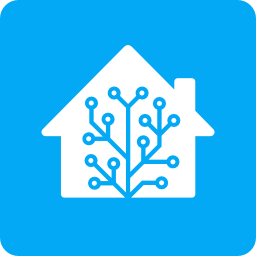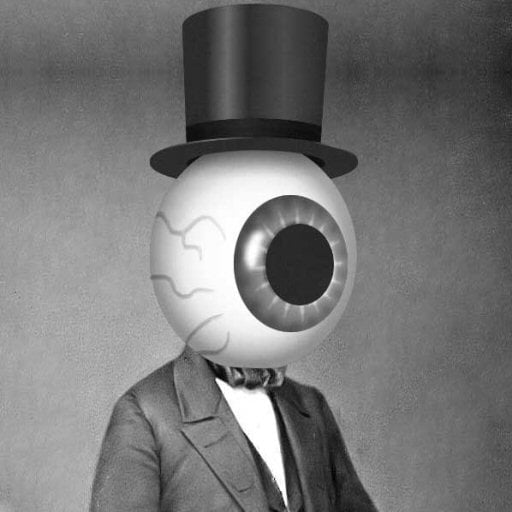Anyone try to build a bed occupancy sensor integrated with Home Assistant? I’ve looked into load sensors but all of them seem to have pretty small weight limits (low enough to where I don’t think it would even support the empty bed).
What devices/sensors have you used for this? And what does your setup look like?
Aliexpress has load cells that go up to the hundreds of KGS. One of those, an esp32/pico and some wiring and you should be good to go?
This. I bought a few myself, but didn’t have time to put them together with ESP32/program them with ESPHome
Couldn’t find the exact one I ordered a few months ago, but this type of pressure sensor aliexpress link is apparently a common bed occupancy sensor type used when building medical beds for hospitals and care homes so staff can be alerted when a patient gets out of bed. I’m not sure the specific model I linked is quite right specs-wise, but the idea is that it goes on a slat or other surface between the matress and the frame that doesn’t necessarily get the full weight of the occupant, but still gets enough to measure on the sensor.
I have an Aqara FP-2 doing just this thing. It works pretty well after setting up zones. Those get pulled into Home Assistant and then you can tie those to automations to control lamps or what have you.
I also used a mmWave sensor in the past for this, one from a youtuber. Worked well enough for my case, but it had some interruptions during the night.
I don’t have one myself, but several of the guys on YouTube use them. See “The Home Automation Guy” or “Smart Home Solver“. I can’t remember the brand they use.
I’ve worked on such IOT devices for the hospital.
I’ve got this setup: Two of those flat contact sensors that are designed to go under a mat, connected to an ESP32 running ESP Home. Some people use leak sensors with screw terminals instead of the ESP32 and attach the contact sensor that way. My use case is that we’ve got cats and motion sensors, so when everyone is in bed, the lights don’t react to the motion. Also, alarm system goes into night mode, any reminders before going to bed also fire. There are a set of rules about whether the doorbell can be heard in the bedroom, and also the light comes on in the night if someone gets up.
I’m a bit late to the conversation here, but I bought four of these car seat occupancy sensors - https://www.ebay.co.uk/itm/316523892197 - and installed them between the mattresses, one at butt level and the other at shoulder level on both sides of the bed - and connected them to an ESP32 on ESPHome. Works a treat. They’re sensitive enough to momentarily disengage if someone rolls over or shuffles about if you need that, otherwise a generous bounce detection allowance smooths it out.
I’ve never done anything like this, but would it be possible to place such a sensor between the mattress and the frame instead? That would result in a fraction of the load due to the distribution of the weight. The challenge would be to set the threshold right.
I believe that’s how most people do it. It works for me. You can also put two in parallel or just add a resistor across the leads to divide the resistance to make it more sensitive. If you used a potentiometer it would make it easier to adjust to hit the exact threshold.
Use car occupancy sensors and an esp board. That’s what I did. I stuck them to corregated cardboard and put one under each side. Aim for the butt area as that seems to apply the most pressure. I would order 4. 2 for each side because you can put them in parallel to divide the resistance and make them easier to trigger.
Buy them on AliExpress or eBay.
I can’t believe I’m even engaging this post, but… what’s the use-case? Gotta say, this sounds extra creepy.
Turn on the lights in the bedroom based on presence sensor, but only if the bed occupancy sensor detects no one is in bed.
Turn off the lights when 2 people in bed. Turn the lights on really low when only 1 person gets up. Track time you went to bed / time in bed as a low-budget sleep tracker not tied to a big data broker, like a smart watch would be…
Yum yum
-Data_mining_bot
Self-hosted. The data stays within my home- It is processed locally on my server.
Some of us like to automate our homes with our home automation systems instead of finding new ways to remote control them.
Just because you go to a dark place in your imagination doesn’t mean everyone else does.
If I’m in the bedroom, I may want my ceiling lights on if someone is in there if it’s dark outside, but if my wife and I are in bed, then only turn on the baseboard lights, at 1% brightness when someone is still in bed. Presence sensors aren’t that fine grained, and I certainly don’t want to wake up my wife when this old fart gets up to go pee again. She’s grumpy when awakened. 🤣
Taking care of an elderly person whose a fall risk? There are lots of valid reasons.
Presence sensors do fall detection and human presence to a great degree. No need for a BED sensor and measuring occupancy.
And how is a presence sensor in a bedroom less creepy? Its measuring the same thing as you say.



